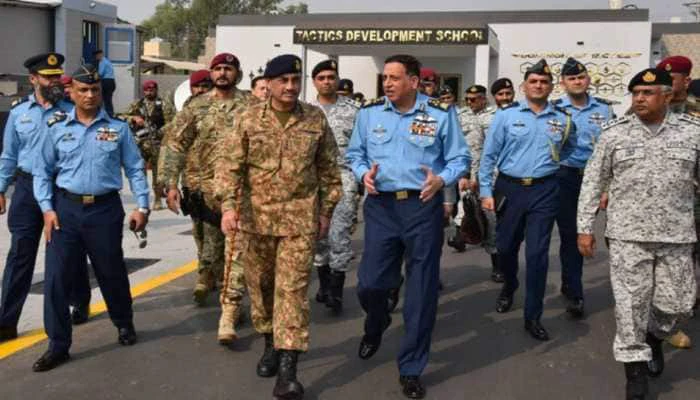New Delhi: In the days following the bruising military clash between India and Pakistan from May 7 to 10, something changed deep within Pakistans military command.
At the centre of this change lies not a fighter jet, not even the Chinese-made J-35s the media speculated about, but something quieter. Something Pakistan does not want anyone to see. Not yet.
What began as whispers has now taken shape through a revealing report by Quwa, a Pakistan-based defense analysis platform. And it points to something far more ambitious than buying more jets. Pakistans next big leap may not be in the skies, but in the shadows.
The report details a high-stakes project brewing inside Pakistans Air Force an invisible defense network designed to outthink and outpace future threats. The system is not about raw speed or firepower. It is about sensing danger before it strikes and responding in ways the enemy cannot detect.
Senior Pakistani defense planners are now convinced that the future of air dominance will not be won with just wings and missiles. It will depend on how fast information flows, and how silently. The plan is to build a dispersed network that ties together hundreds of sensors, drones, radars and data relays, all communicating with each other like nerves in a living body. A network that does not shout or blink, just watches, calculates and acts.
At the core of this strategy lies one of Pakistan Air Forces most difficult tests, which is how to stay invisible in a world flooded with electromagnetic noise. In any modern war, electromagnetic attacks, radio jamming, data interception and signal disruption, are likely to be the first wave. And it is in that chaos that this invisible grid must not just survive, but lead.
The ambition goes beyond simply dodging detection. Military engineers are working on a next-generation Tactical Data Link (TDL), a digital nervous system for war. It is more than a tool. It is a language, one that could allow pilots, ground units and command centers to think as one, even under the fog of war.
As one Pakistani analyst observed, what Pakistan is building is not only an upgrade, it is a rewriting of the rules. A defense system that breathes. A force that speaks in silence. And as Pakistan absorbs the lessons of Operation Sindoor, its eyes are not just on Indias jets, but on the invisible battlefield in between.
